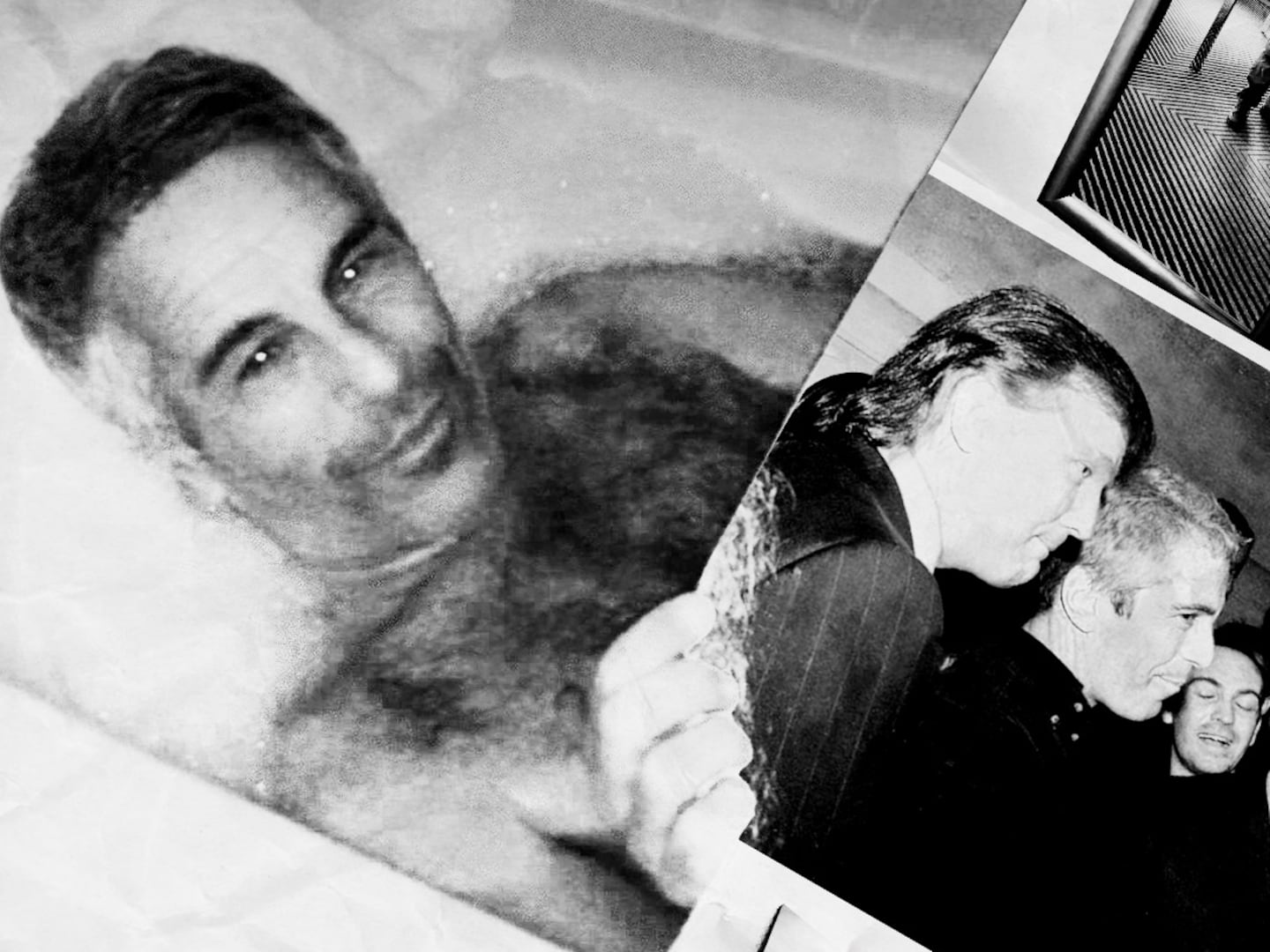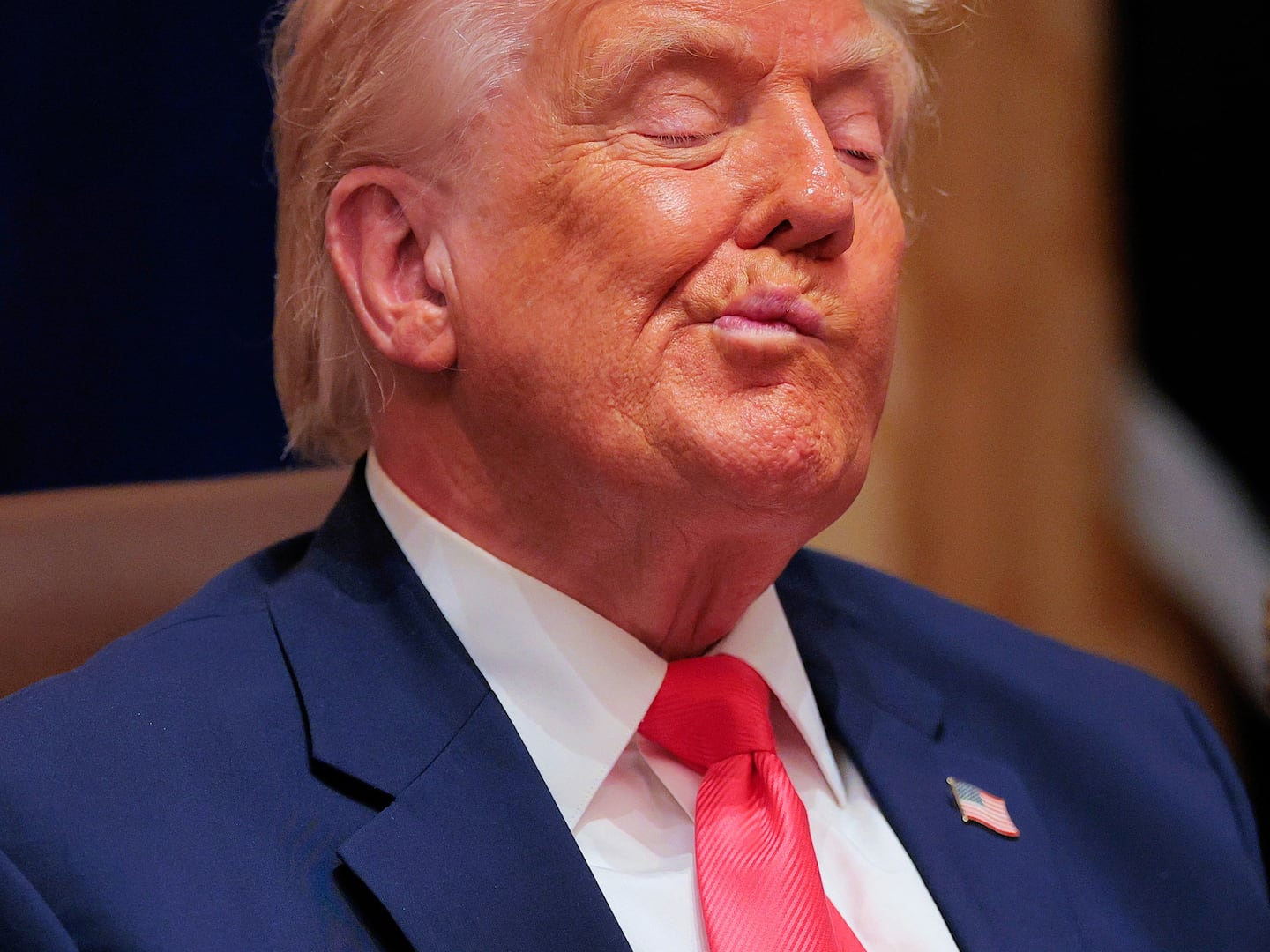Henry Naylor is a British comedy writer, and until 2002 he was best-known for contributing material to topically minded panels and sketch shows.
That year, he writes in the program for his play Borders, a friend who was a war correspondent invited him to see the ruins of post-war Kabul.
“The visit changed my life, and my work,” Naylor writes. “I experienced refugee camps—met war victims and women who’d been forced to wear the burqa; saw the effects of bombings, landmines and extreme poverty; visited Bagram airbase and mujahedeen strongholds; and came home feeling there were certain stories which couldn’t be dismissed with a glib joke or skit.”
In recent years, Naylor has written a sequence of plays “about the West’s complex interaction with the Middle East.” Borders, which opens tonight at New York City’s 4th Street Theatre and is directed with lean briskness by Michael Cabot and Louise Skaaning, is the latest; Naylor also produced it, particularly inspired by the migrant crisis in Europe, and the 8,000 people who have drowned in the last two years in their desperate missions to find safe places to live.
Borders is staged with minimum decorative fuss, with its two characters facing us directly to relate their stories: a nameless, brave young woman from Syria played by Avital Lvova, and Simon Nightingale, a handsome, swaggering British photographer played by Graham O’Mara.
The two first sit on chairs. What links them is the importance of their art to them—the nameless girl’s anti-Assad political graffiti, and Simon’s photography. Both those forms of art have a political purpose or result, and both art forms lead their characters on very different life journeys.
Simon begins his career in war zones. He takes pictures, he hopes, that make a difference, but the first image he takes—someone reaching out an arm, needing salvation—will return to haunt him. The charismatic O’Mara plays Simon as a ruffled chancer, not really morally aligned to the crises of the conflicts he occasionally travels to. Good fortune of an ambiguous kind smiles on him: He takes an image of Osama bin Laden, which comes to be a famous portrait, especially after the 9/11 attacks.
If Simon is all swagger and jaded media-world humor (Naylor’s past TV and radio life voice is in full flow through him), the nameless teenager is more single-mindedly focused on her brave mission of aesthetic subversion.
Lvova plays her with a furious physical intensity, throwing herself around the stage as she is pursued by thugs and cops, and thrown into jail. She has also has a nervous romance with the cute teenager who aids her in her graffiti mission, as tenderly and wittily written as the rest of her story is brutal.
The two chairs the characters perched upon at the beginning become advertising hoardings, hiding places, the cargo holds of boats. The lighting in the show, operated by Emma Johnson, is a perfect, piercing compliment to Naylor’s words, transporting us from hot, sunny days in the Middle East to hotel lobbies, and a terrifying odyssey by ocean.
We watch Simon’s idealism leak away (this, too quickly), to be replaced by a desire for fame and fortune; the kind of fame and fortune embodied by the celebrities he photographs as a result of the bin Laden portrait.
His moral conscience is a weary, experienced veteran war journalist who cannot believe how shallow and unfocused Simon has become.
The nameless young woman goes through her own hell, and the power and insights of Borders comes in watching their stories which flow in jangling parallel.
Simon’s vanity and frippery is contrasted with the nameless woman’s battle to stay alive. Does his story feel too inconsequential, too light, compared to the very literal life-and-death facing her? Yes, it does—until Naylor leads Simon to a moral reckoning you may see coming.
However, we rarely see the moral courage we are encouraged to think lies within Simon that has become extinguished. The same quality in the nameless young woman is never in doubt. His ethics and moral compass are always out of whack (and are left rightly blurred at the end); she has more bravery in her pinkie than he does in his camera.
It is her character, a character so often rendered nameless or anonymous by the news media (the fact she has no name in the play underscores that), that is the most resonant. Through her, rather than the comical Simon, Naylor’s message is simple, emphatic, and angry: These are people. These are people we have a responsibility to help. Yet do we recognize that? Do we do anything about it? If we don’t, if we fail those seeking our help, we fail ourselves too.
Borders is at the 4th Street Theatre, until July 22. Book here.






